In Greece we say that tourism is our heavy industry, although there are cases where amateur superficial profit tactics undermine the serious efforts of consistent industry.
In any case, tourism is a huge industry in the world, which judges a lot. And it affects a lot, from jobs, sectors that are flourishing or shrinking, a share of a country's economy, to the quality of life of the inhabitants of popular destinations and the environment.
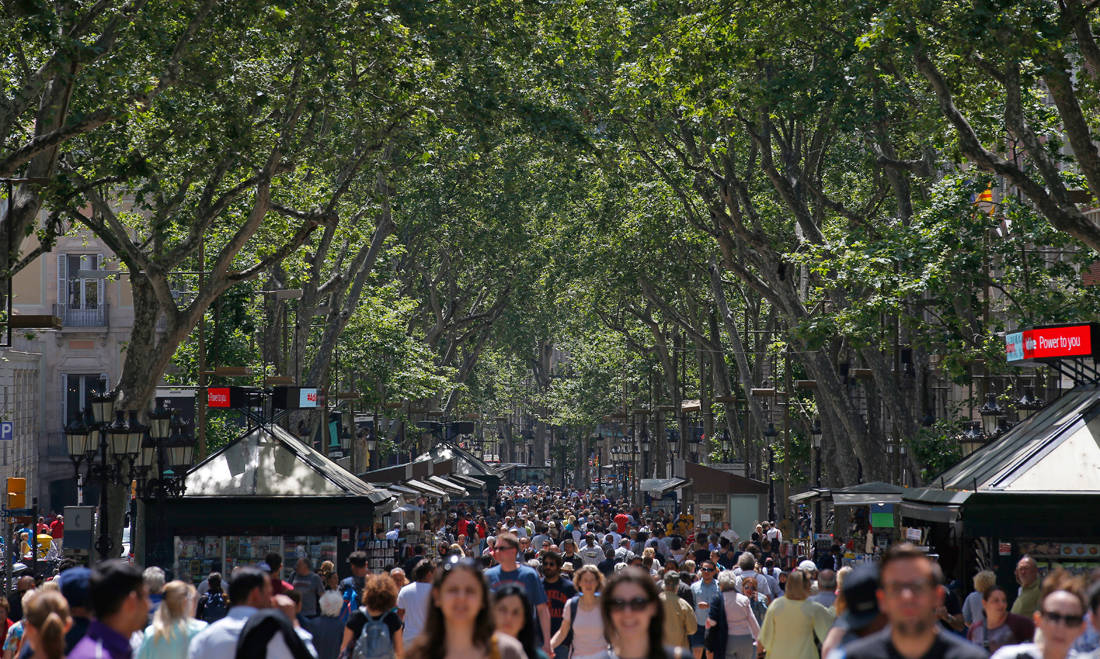
Tourism is on the rise. In 2018, a record 1,4 billion tourist arrivals were recorded, as reported by the Guardian newspaper based on data from the World Tourism Organization, marking an increase of 6% compared to 2017.
Given this, it is clear that tourism is playing an increasingly important role in the international economy. In 2018, its value was estimated at 1,7 trillion, or about 2% of global GDP. And the numbers are growing rapidly.
It is characteristic that in 1950 25 million tourist arrivals were recorded internationally. In 1970 it skyrocketed to 166 million and in 1990 to 435.
At the same time, the growth of low-cost airlines has opened up the travel market to people with smaller wallets. In many cases, a trip to another country costs less than some domestic travel.
For Nikodem Szumilo, a professor of economics at UCL, the growth of the global tourism industry is partly due to the growth of digital services. "The latest development in the industry has been a small revolution in online ratings and bookings, which has dropped prices but increased satisfaction," he explains.
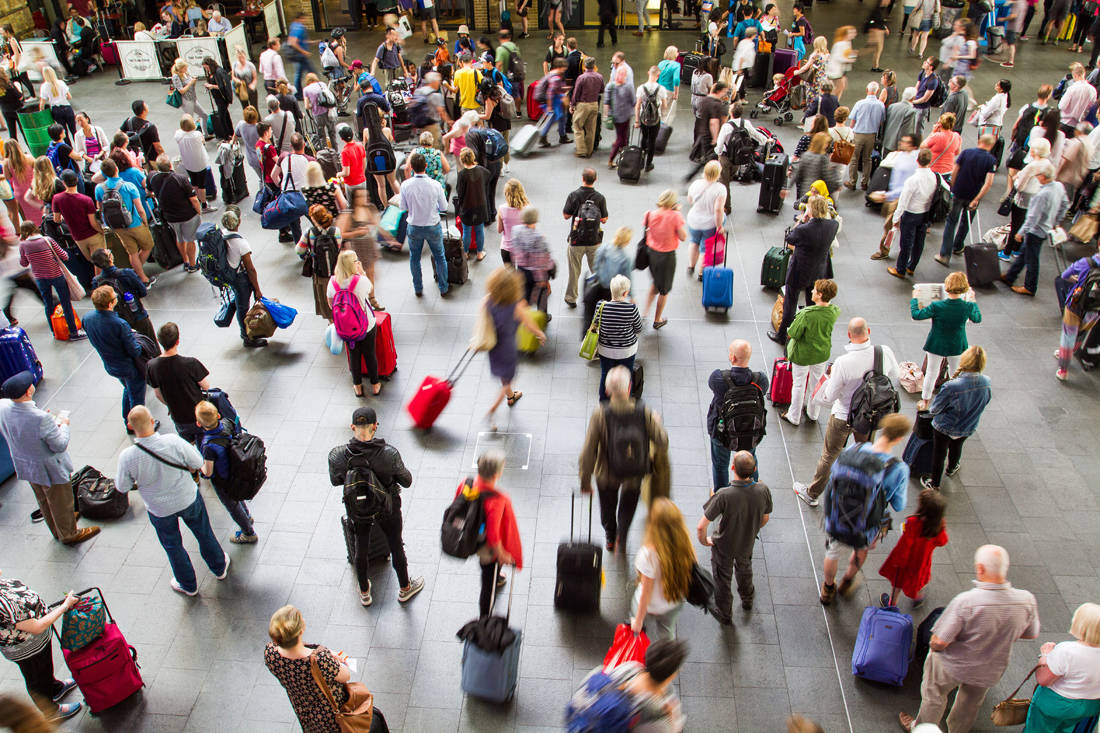
According to the World Tourism Organization, four out of five tourists travel to the area where they live. Continuing its long tradition, Europe holds the lead in tourist arrivals from other parts of the world, receiving 713 million last year alone.
In the world, the first place is occupied by France, followed by Spain, the USA, China and Italy. However, there are also emerging destinations that show upward dynamics, contrasting the traditionally state-owned destinations. For example, travel to North Africa increased by 10% last year. In the context of ascent and alternative destinations, traffic was also increasing in sub-Saharan Africa and the Middle East.
In 2018, Uber ranked the most visited destinations for its users worldwide. In first place was the Empire State Building in New York, followed by the Freedom Tower in the same city and the CN Tower in Toronto. The top five was completed by the Arc de Triomphe and the Eiffel Tower in Paris. The Burj Khalifa in Dubai was 6th, Buckingham Palace was 7th, followed by Disneyland in Los Angeles, the Golden Gate Bridge in San Francisco, the Sydney Opera House, the Blue Mosque in Istanbul, the Wall in Istanbul. Vatican, the statue of Jesus in Rio de Janeiro and the Pyramid of Giza in Egypt.

The number of tourists that a country "produces" is related to its population and the income of its citizens. The growing wealth in China has caused a huge increase in tourism abroad, and so the Chinese are the most tourists in the world. In 2017, Chinese tourists made 143 million trips abroad, followed by Germans with 92 million, the United States with 87,8 million and the United Kingdom with 74,2 million.
As for Britain, it "sends" more tourists abroad than it welcomes. Most popular options are Spain, France and Italy. Three out of four Britons stay in the EU on holiday, but last year the US was the fourth most popular destination for British travelers. According to the data, the tourism industry represents about 2,5% of British GDP. Last year, foreign travelers spent almost 23 billion pounds - almost 26 billion euros - in the country. It is estimated that by 2025 the tourism industry may represent 10% of GDP and will employ one in ten employees.
Tourism is also booming in Russia, where tourists increased by 16% last year. Strong players are also France and Australia, with an increase of 10% and 9% respectively.

Everything looks perfect. Travel, pleasures, discoveries, rest or action for tourists, jobs, development, income for the inhabitants of their destinations. But it is not exactly so.
The "currency" of tourism has another side, dark. That of overcrowding, increased rents, abuses, environmental abuse.
The burden of "hyper-tourism" has begun to crush cities around the world, which are struggling to save their identity, their rents, local communities or even the environment.
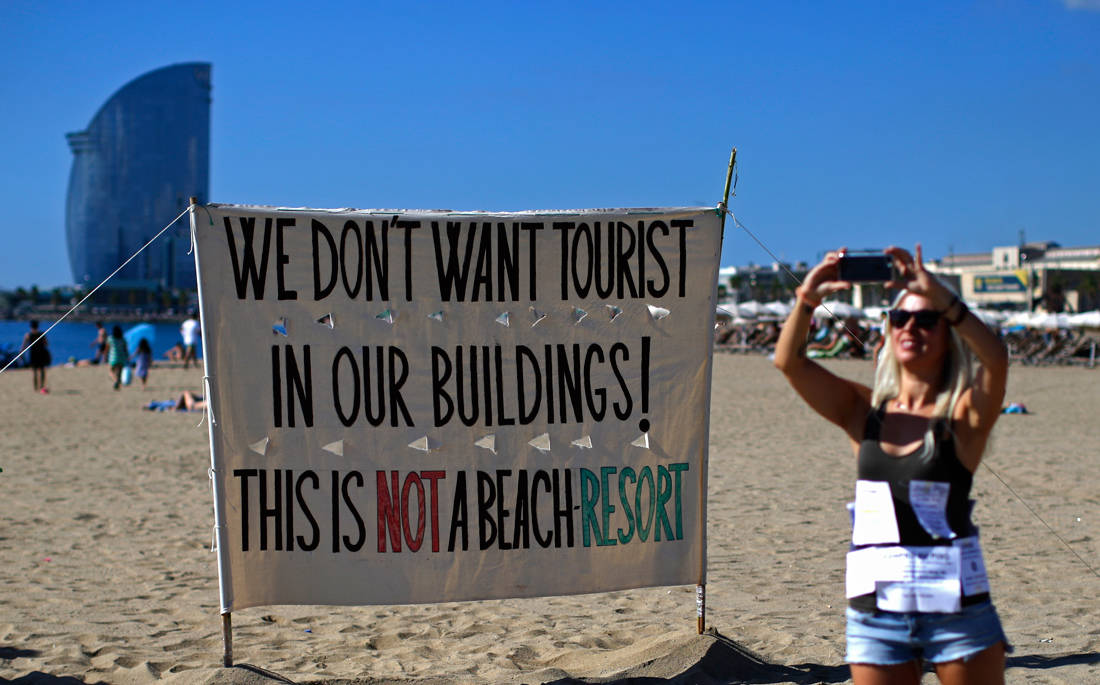
Tourists are blamed for the use of disposable plastics, which pollute beaches and threaten ecosystems, while souvenir "hunters" are those who cut pieces of coral, for example, to get a souvenir home, causing huge damage to already burdened environments. Tourism is also associated with increased vehicle traffic and congestion, while Szumilo points out that hospitals and public transport are often under so much pressure due to the volume of tourists that they have difficulty with the resources they have and leave. uncovered locals.
A very typical example is the legendary Maya Bay beach in Thailand, the movie "The beach" of the eponymous movie with Leonardo DiCaprio. At the peak of the tourist season, the 300-meter-long beach received 3.500 visitors a day. The congestion was reminiscent of a pedestrian street in any city in the world and the impact on the natural environment was devastating.
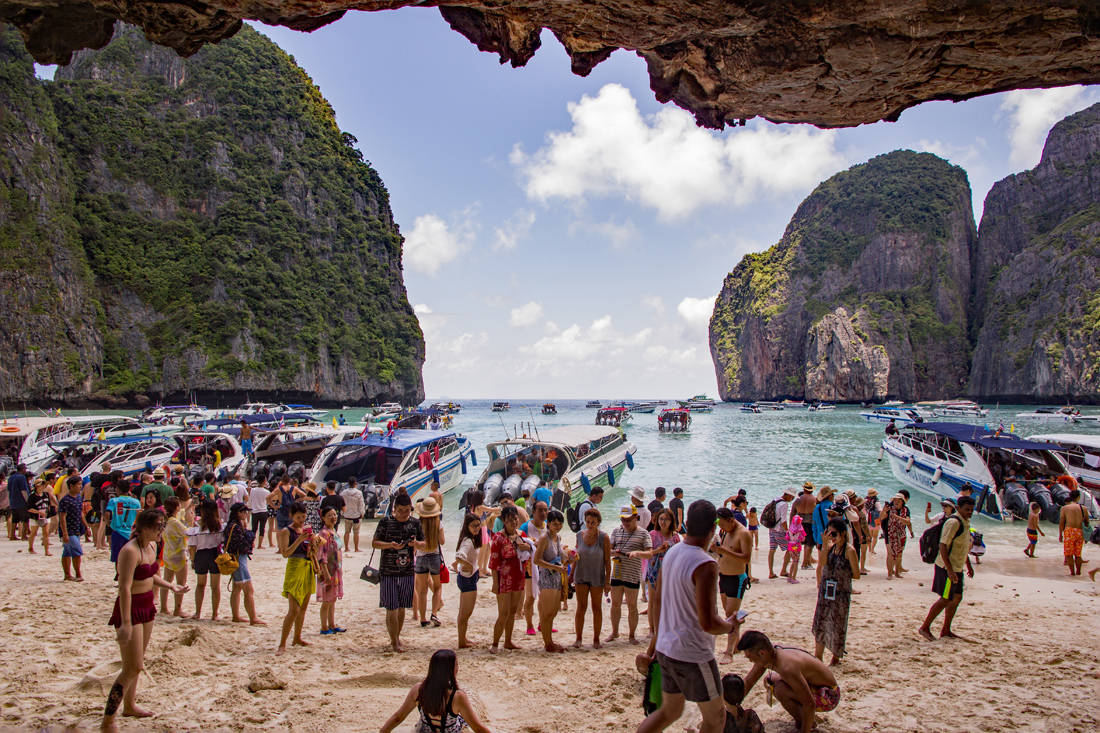
According to Claudio Milano of the Ostelea School of Tourism, the phenomenon of hyper-tourism is partly linked to increasing global mobility: more students living in another country, more migrant workers, more cottage owners. He links neoliberalism to the transformation of cities from locations to destinations.
Responsibility is also placed on the launch of short-term leases. Last month, ten European cities sent a joint letter to the EU asking for help in their fight against airbnb. The phenomenon of short-term leases has been widely criticized for its role in homelessness, rising rents and house prices, and ultimately the "expulsion" of locals.
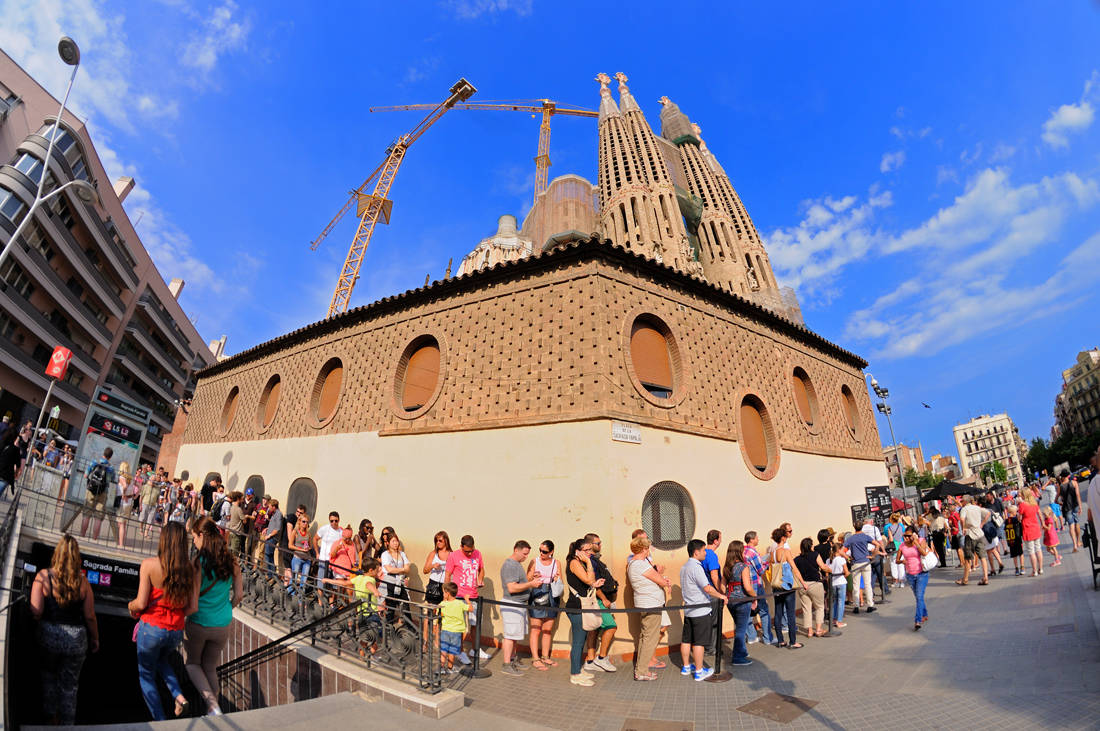
One month ago, the picturesque city of Bruges in Belgium announced that it would no longer advertise day trips, reduce the number of boats mooring nearby and intervene to alleviate the weekend's heavy traffic. A UNESCO World Heritage Site, the city has seen a 2% increase in tourism over the past two years, and Mayor Dirk De Fauw is questioning its ability to meet the growing number of tourists. "We need to control the flow even more if we do not want Bruges to be a normal Disneyland," he said.
Last year, another Unesco memorial city, Dubrovnik, announced restrictions on cruise ship arrivals. The "tables outside" were banned and operations were carried out to restrict the wandering citizens, who served the herds of tourists.

Rome, with 15,2 million tourists a year, has announced sanctions for anti-social tourist behavior. Among other things, uncontrolled alcohol consumption and subsequent uncontrolled behavior were targeted, while half-naked sightseeing was banned.
In Barcelona, the so-called "tourism phobia" movement had started to spread as early as 2017 with the slogan Tourists Go Home dominating the city center. Citizens are organized in initiatives, which denounce and fight against mass tourism in the city. As they say, it causes the destruction of small neighborhood businesses, difficulty in movement and traffic on the streets, a spike (due to the use of Airbnb) in rental prices.
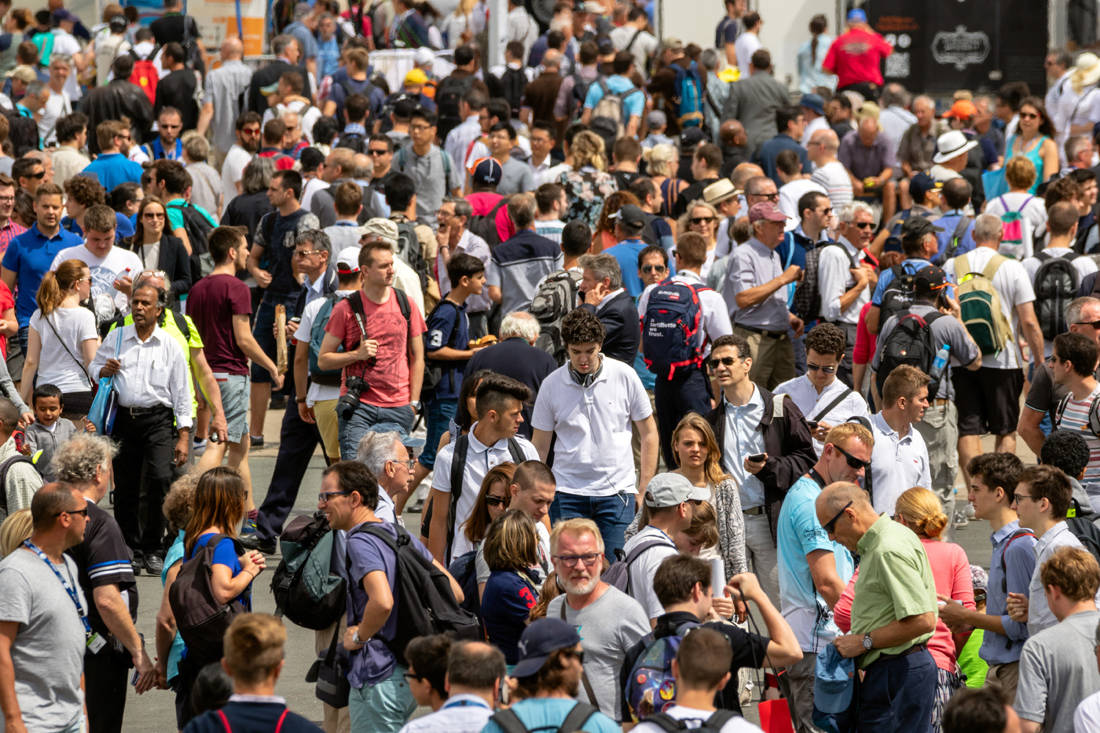
The city of Palma, in Mallorca, has announced since April 2018 its intention to ban apartment owners from renting them to holidaymakers.
After the significant damage to bridges - masterpieces around the world, the famous "padlocks of love" - which burdened the Pont Neuf bridge in Paris so much that the authorities removed them - also enter a state of restriction. "They spoil the aesthetics of the bridge but they are also structurally harmful and can cause accidents," commented a spokesman for the municipal authority of the French capital.

At the same time, in February Paris has filed a lawsuit against Airbnb for 1.000 illegal rental ads.
Authorities in Thailand have also taken steps to protect and restore the idyllic Maya Bay, against all odds and to the displeasure of travel agencies. They forced the tourist boats to moor 300 meters from the shore and started patrolling the area to ensure that no one would enter the protected bay. And as time goes on, the condition of the flora and fauna improves, justifying the difficult decision.
In similar movements other popular destinations have advanced, looking for ways to protect themselves from hordes of tourists: the Cinque Terre in Italy, Machu Picchu in Peru, Jeju Island in South Korea, Caño Cristales in Colombia.
These measures, although targeted, may not be enough, comments Milano. To profoundly change the tourism industry, we must first change the way we perceive it, he says.
"Tourism is generally measured only by the numbers of global arrivals, but we also need new indicators and a new package of measures," he explains. "For example, do we have gender equality in our tourism industries? Why are men always in high positions? Are jobs in the tourism industry decent? And the quality of life of the inhabitants? "It is a matter of political level how we define and understand tourism," he concludes.
